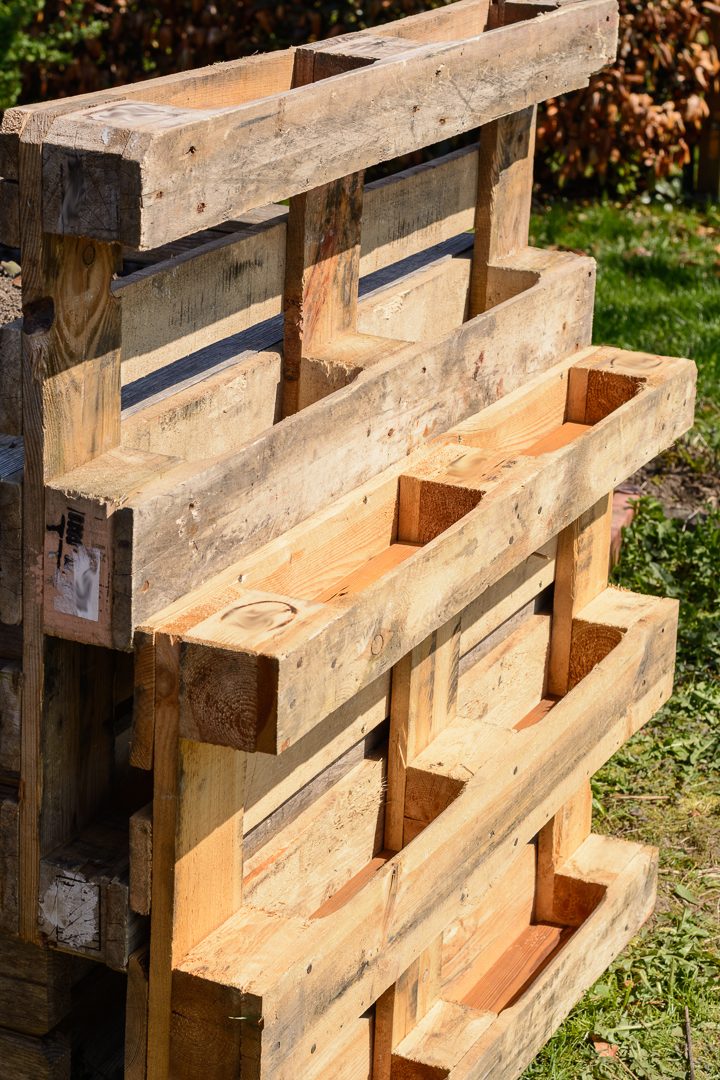Let's talk about gardening, y'all. Now, you might think gardening is just a hobby for older white folks, but let me tell you, Black people have been cultivating the land for centuries. It's in our blood. So let's talk about some ways to take your garden to new heights - literally - with some vertical gardening tips and ideas.
Vertical Gardening 101
First things first, what exactly is vertical gardening? Well, it's exactly what it sounds like - growing plants vertically instead of horizontally. This can be done by using trellises, hanging planters, or even repurposed materials like old gutters or pallets.

Why Vertical Gardening?
So why should you consider vertical gardening? For one, it's a space-saving solution for those of us with small yards or urban gardens. By utilizing vertical space, you can grow a larger variety of plants without taking up too much room.

Vertical gardening can also help keep your plants safer from pests and disease, as well as increase proper air circulation for better growth and fruit production.
Types of Vertical Gardens
So now that you're sold on the idea of vertical gardening, what types of gardens can you create? Here are a few ideas:
Living Wall
A living wall is a vertical arrangement of plants attached to a wall or fence. This can be a DIY project using felt pockets to hold soil and plants, or you can purchase pre-made panels or planters.

Multi-Tiered Planter
A multi-tiered planter can be created using stacked planters, staggered shelving, or repurposed materials. This allows you to grow a variety of plants in a small space.
Vertical Trellis
A vertical trellis can be used to grow climbing plants like cucumbers, squash, and beans. This can be a simple DIY project using stakes and twine, or you can purchase pre-made trellises.

Benefits and Nutrients
Aside from the space-saving benefits of vertical gardening, there are also some nutritional perks. By growing your own fruits and vegetables at home, you have more control over the freshness, quality, and chemical exposure of your produce.
Plus, gardening itself can be a stress-relieving activity and a way to connect with nature. And let's not forget the benefits of being able to harvest your own herbs and spices for cooking!
How to Get Started
If you're ready to give vertical gardening a try, here are some tips:
Start Small
Don't overwhelm yourself with a huge project right away. Start with a small living wall or trellis and work your way up.
Choose the Right Plants
Not all plants are suited for vertical gardening. Look for plants that have shallow roots or can be grown in containers, like herbs, lettuce, or strawberries.
Provide Proper Support
Make sure your planters, trellises, or living walls are securely attached and able to support the weight of your plants. You don't want any accidents!
Water Frequently
Plants grown vertically may require more frequent watering than their horizontal counterparts, so be prepared to water your garden regularly.
Final Thoughts
Vertical gardening is a unique and practical way to expand your garden and take advantage of your vertical space. Whether you're a seasoned gardener or just starting out, there's no harm in giving it a try. Who knows, you might even enjoy it!